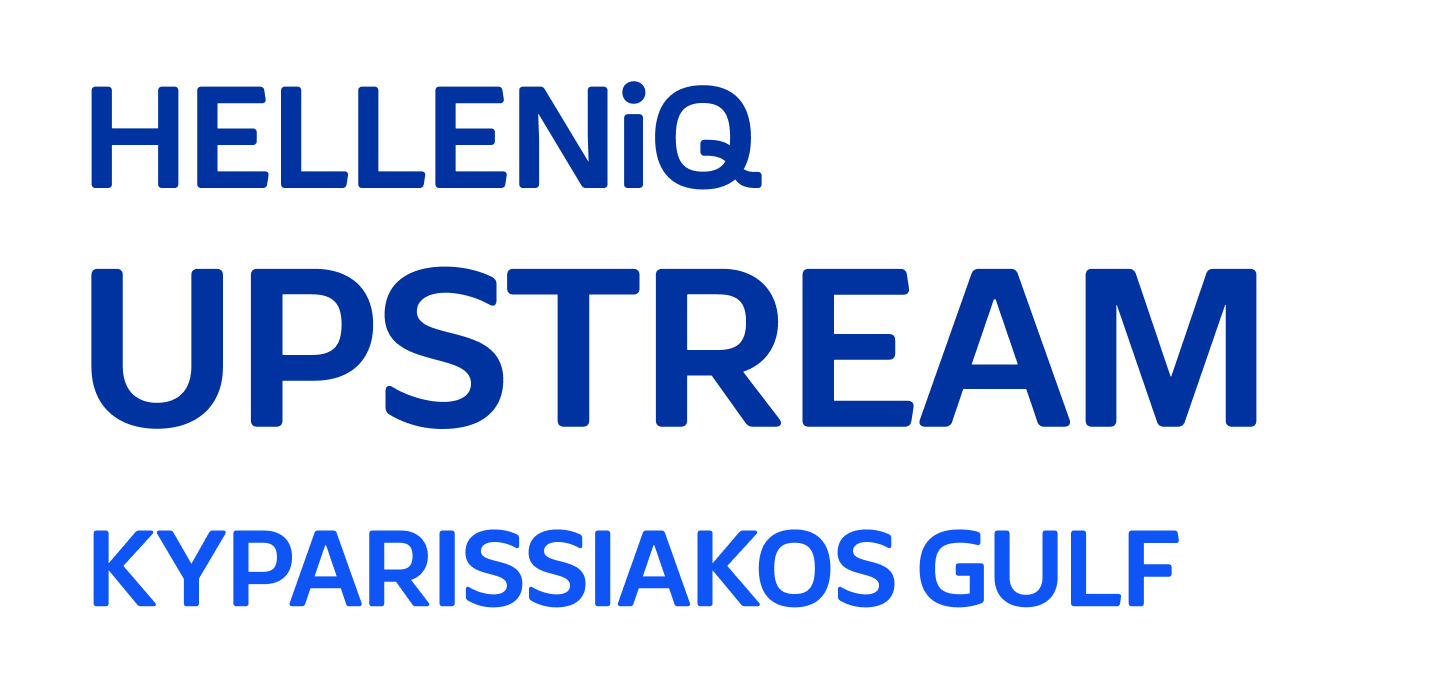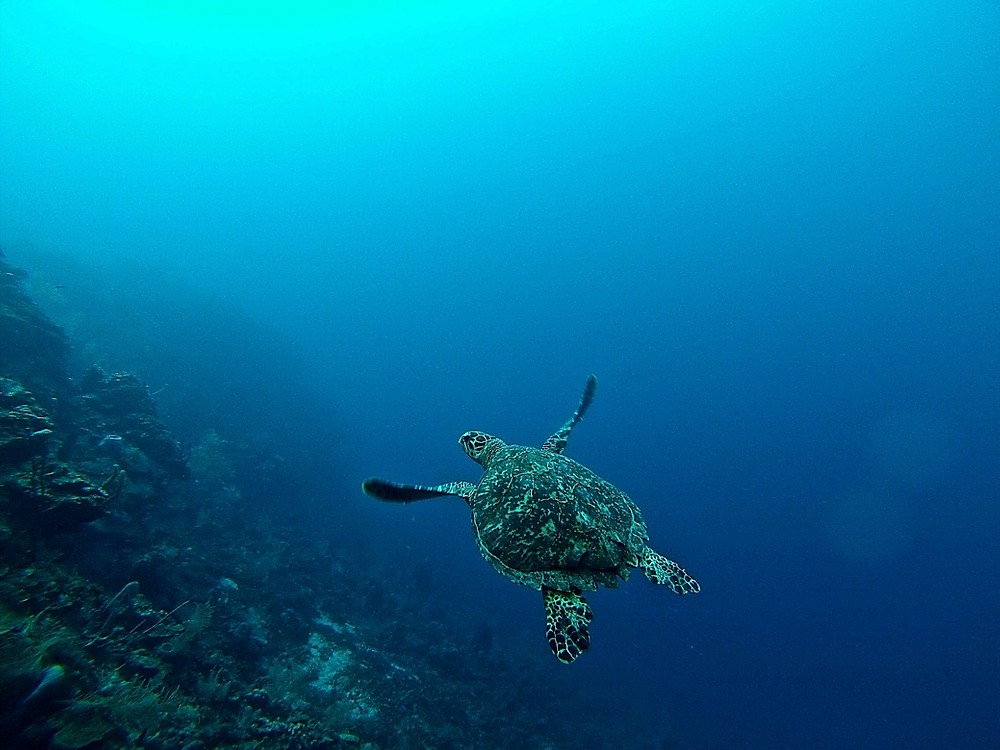HELLENiQ UPSTREAM KYPARISSIAKOS GULF in collaboration with the Laboratory of Marine Geology & Natural Oceanography of the University of Patras, carried out an Underwater Noise Monitoring Program throughout the course of marine geophysical surveys in Ionian Block and Block 10 (Kyparissiakos). This Program focused on measurements of underwater noise in real time (before, during and after the completion of the exploration activities). The Department of Marine Life, specialized at the University of Patras, recorded the sound level of underwater noise in real time, fully confirming that the noise levels due to geophysical surveys, never exceeded those levels that could cause nuisance or acoustic trauma to marine mammals.
In any case, the scientific data recorded, fully confirmed the simulation of the produced sound levels, but also the limits of the Exclusion Zone which were strictly observed in the field of work with immediate application of mitigation measures (immediate cessation of geophysical acquisition) in case in case they are located within the EZ.


